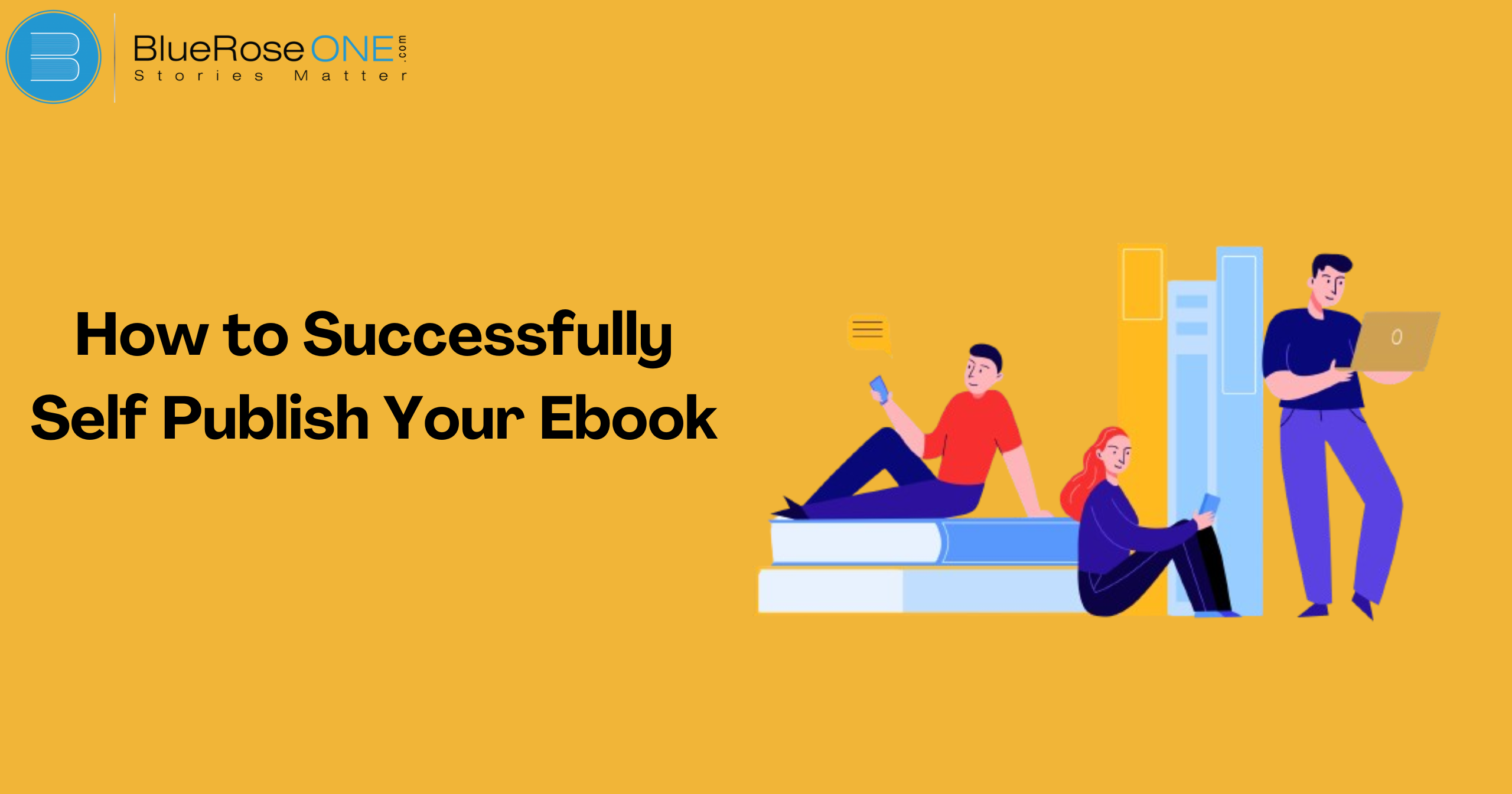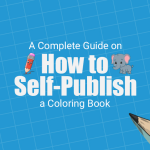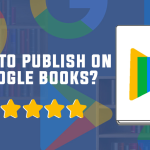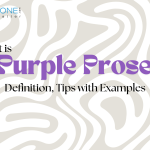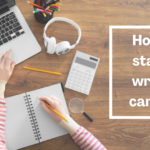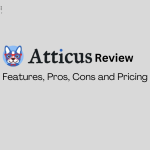Are you considering releasing your first ebook on your own? Excellent decision! You have total control over your work when you self-publish, from writing to marketing. It’s a thrilling ride with potentially enormous rewards. Let’s get started on publishing your first ebook on your own with success.
Choosing Your Topic
Identifying Your Niche
Selecting the ideal topic for your ebook requires first determining your niche. Concentrate on areas where market demand and your passion and experience meet. Start by coming up with a list of topics you appreciate and are informed about.
Next, look at market gaps and popular trends to identify a distinctive angle that will interest readers. Make sure your topic answers a question or satisfies a desire for your target audience by taking into account their wants and preferences.
By focusing on a narrow specialty, you may produce material that is unique and strikes a deep chord with your target audience, laying the groundwork for the success of your ebook.
Researching Popular Topics
Start your ebook research by focusing on subjects that pique your interest and have a sizable readership. To find out what’s popular right now, use resources like social media platforms, Amazon Best Sellers, and Google Trends.
Seek out opportunities in the market where you can provide special insights or remedies. Participating in online forums and communities that are relevant to your interests can also yield insightful criticism and suggestions.
You lay the groundwork for a popular, captivating ebook that appeals to readers by choosing a topic that strikes a balance between your enthusiasm and commercial viability.
Planning and Outlining Your Ebook
Structuring Your Content
Creating a captivating ebook that keeps readers interested from beginning to end depends heavily on how your content is organised. Start by summarising your primary points and arranging them in a logical sequence.
Your ebook will have a distinct beginning, middle, and end thanks to this. Divide your topic into manageable chapters or sections, each focusing on a different facet.
Create a hierarchy with headings and subheadings to help readers navigate your content with ease. Maintaining a consistent structure in your ebook not only improves readability but also gives it a polished look, which makes it simpler for readers to comprehend and take in your content.
Creating an Outline
Making an outline, which will act as a guide for your writing, is an essential first step in organising your ebook. Begin by generating a list of important subjects and arranging them in a logical order that leads the reader seamlessly from one idea to the next.
Main chapters, subheadings, and bullet points that describe each section’s substance are all necessary components of a successful outline.
This format guarantees that you address every important topic in detail and helps you stay on topic. An outline helps you avoid writer’s block and makes the process of creating your ebook more effective by organising your thoughts precisely.
Writing Your Ebook
Setting Writing Goals
One of the most important steps in creating an ebook is defining specific, achievable writing goals. By dividing your job into smaller, more doable tasks, you can keep moving forward and keep yourself from becoming overwhelmed.
Establish your overarching goal first, like finishing the first draft in three months. Next, divide this objective into more manageable benchmarks, such as aiming to write a chapter per week or a certain number of words every day.
The secret is to be consistent; even if you go slowly at first, you will eventually finish your ebook. Recognising and appreciating these incremental successes can help you stay motivated and on course to reach your final objective.
Tips for Effective Writing
Writing well is essential while producing your ebook. To guarantee a clear flow and thorough treatment of your subject, begin by creating an outline of your content. Don’t use jargon that could mislead readers when writing; instead, employ a simple, straightforward language.
To improve readability, use short paragraphs and straightforward sentences. Make sure your conclusions and openers grab the attention of the audience. Use graphics to highlight important points and break up text, such as charts and pictures.
Lastly, carefully edit and modify to remove mistakes and enhance clarity. These techniques will assist you in creating an ebook that appeals to readers and is polished and professional.
Editing and Proofreading
Importance of Editing
When it comes to self-publishing your first ebook, editing is crucial. Editing improves readability and credibility by ensuring that your text is precise, succinct, and error-free.
It entails polishing your writing, enhancing the organisation, and getting rid of grammar errors. A book with excellent editing captures readers’ attention and encourages favourable evaluations and recommendations.
The last stage, proofreading, fixes any last-minute mistakes or formatting problems. The combination of editing and proofreading turns your text into a refined, polished final product that will greatly influence its acceptance and success in the cutthroat ebook market.
Hiring a Professional Editor vs. Self-Editing
In the self-publishing process, editing and proofreading are essential steps, particularly for your first eBook. The decision of whether to use a professional editor or edit their own work is one that many aspiring writers must make.
Self-editing can be more cost-effective, but it frequently lacks the impartiality and experience of a professional editor. An experienced editor may offer insightful criticism on storyline, character development, and language usage, which will improve your manuscript’s overall quality.
Still, self-editing gives writers the ability to retain creative control and a close understanding of their work. The secret to effectively self-publishing an eBook is striking the correct balance between editing it yourself and engaging a professional editor.
Formatting Your Ebook
Different Ebook Formats
Selecting the appropriate e-book format is essential to guarantee compatibility with a range of platforms and devices. Because of its adaptability and compatibility with the majority of e-readers, EPUB is a widely used option.
Readers can change the font size and layout according to their preferences because it supports reflowable text. Similar versatility is available in the MOBI format, which was created especially for Kindle devices.
Despite its widespread compatibility, PDF has a set layout that could not work well on screens of various sizes. To maximize the effect and reach of your ebook, use a format that is easy to use and accessible to your target audience’s preferred reading devices.
Formatting Tools and Software
Making sure your first ebook appears polished and professional is essential when self-publishing it. Correct formatting is essential to achieve this. Fortunately, you may get help with this task from a multitude of formatting tools and applications.
These tools can simplify the formatting process and save you time and hassle. Examples of such tools include user-friendly platforms like Vellum and more sophisticated programmes like Adobe InDesign.
Choosing the correct formatting tool may make all the difference in presenting your ebook in the best possible light, regardless of your level of tech expertise.
Creating a Compelling Cover
The Importance of a Good Cover
Maybe the most important thing to remember when self-publishing your first ebook is to make a cover that grabs attention. The cover of your book is the first thing potential customers see when they browse the huge digital world of online retailers.
It’s the first impression a potential reader gets of your book, the chance to win them over or drive them away. A well-designed cover sets the tone for the content within the book while simultaneously drawing attention to it and communicating its main ideas.
It is your work’s visual representation, therefore giving its design careful thought and attention is essential to success in the cutthroat world of self-publishing.
Designing Your Own vs. Hiring a Designer
A Strong Cover is Essential to a Successful Self-Publishing Project. The choice of whether to design your eBook cover yourself or by hiring a professional designer is an important one.
Having total creative freedom and the ability to save money make creating your own cover design a financially sensible choice. But learning design techniques and making sure the outcome is polished is a big time and effort commitment.
However, although it may come with extra costs, working with a designer can ease the workload and result in a superior cover that stands out in a crowded market. This is a crucial choice, so think carefully about your abilities, available funds, and resources.
Pricing Your Ebook
Strategies for Pricing
Pricing is an important factor to consider when self-publishing your first ebook because it can have a big impact on your success. Choosing the appropriate ebook price plan can make the difference between struggling to earn sales and building a devoted readership.
Investigating comparable books in your category is a useful strategy for determining pricing competitiveness and market trends. You can also choose a pricing that maximises profit and reader pleasure by taking into account the value your ebook offers and the willingness of your target audience to pay for it.
By striking a balance between these variables, you may make your ebook profitable while making it stand out in the congested digital marketplace.
Analyzing Market Prices
Choosing the appropriate price for your ebook is essential in the ever-changing world of self-publishing if you want to draw in readers and make the most money. Analysing market prices is one of the most important steps in this procedure.
Gaining knowledge about the competitive landscape, consumer preferences, and pricing trends of similar ebooks in your category can be extremely beneficial.
You may formulate a pricing strategy that strikes a balance between reader affordability and your own profitability by carrying out in-depth market research, comparing the prices of similar titles, and figuring out any unique selling qualities your ebook offers.
Choosing a Self-Publishing Platform
Overview of Popular Platforms
Choosing a self-publishing platform is an essential first step in making your ebook a reality. With so many alternatives available, each with a unique mix of features and benefits, it’s critical to determine which best suits your needs and goals.
Well-known sites with diverse royalty schemes, extensive distribution networks, and user-friendly interfaces include Smashwords, BlueRose Publishers, and Amazon Kindle Direct Publishing (KDP). With the support of Amazon’s market dominance, KDP leads the way, while Smashwords offers a wide range of distribution outlets.
BlueRose Publishers is notable for its ease of use and assistance. To maximise the popularity of your ebook and make an informed decision, it is imperative that you comprehend the subtleties of each platform.
Pros and Cons of Each Platform
When starting an ebook publishing career, aspiring authors must select the best self-publishing platform. The choice is important because every platform has a unique set of benefits and cons.
One benefit of platforms such as Amazon Kindle Direct Publishing (KDP) is the extent of its market dominance and reach, which offers writers an unmatched level of visibility. But it can also imply more competition and make it harder to distinguish.
On the other hand, websites such as BlueRose Publishers provide more alternatives for distribution and flexibility, but they might not have the same visibility. To maximize the success of your first ebook and make an informed decision, you must be aware of the advantages and disadvantages of each platform.
Uploading Your Ebook
Step-by-Step Guide for Different Platforms
Well done on finishing your ebook! The exciting part is about to begin: releasing it into the world. Although uploading your ebook to several platforms might seem intimidating, don’t worry—we’ve got you covered with this comprehensive tutorial.
Whether your goal is to publish on Apple Books, Amazon Kindle, or another platform, we will guide you through every step of the way. From preparing your book to navigating the upload interface, we’ll make sure the process of successfully self-publishing is easy to follow. Let’s get started and tell the world about your tale!”
Common Pitfalls to Avoid
There are a few typical hazards to be aware of when uploading your ebook for self-publishing. First things first, make sure your manuscript is formatted correctly for the platform you are utilising. If this isn’t done, the layout may be disorganised and drive readers away.
Second, make sure the metadata and cover design are accurate. The choice of whether or not a reader will click on your book depends on its captivating cover and thorough metadata.
Finally, remember to go over your pricing approach in detail. The success of your book in the cutthroat electronic market can be greatly impacted by choosing the appropriate pricing point. If you stay away from these mistakes, you should have no trouble having a successful self-publishing endeavour.
Conclusion
Publishing your first ebook on your own is a rewarding and challenging endeavour. You can successfully publish and market your ebook by following these steps. Recall that perseverance and ongoing education are essential. I wish you well as you pursue self-publishing!

